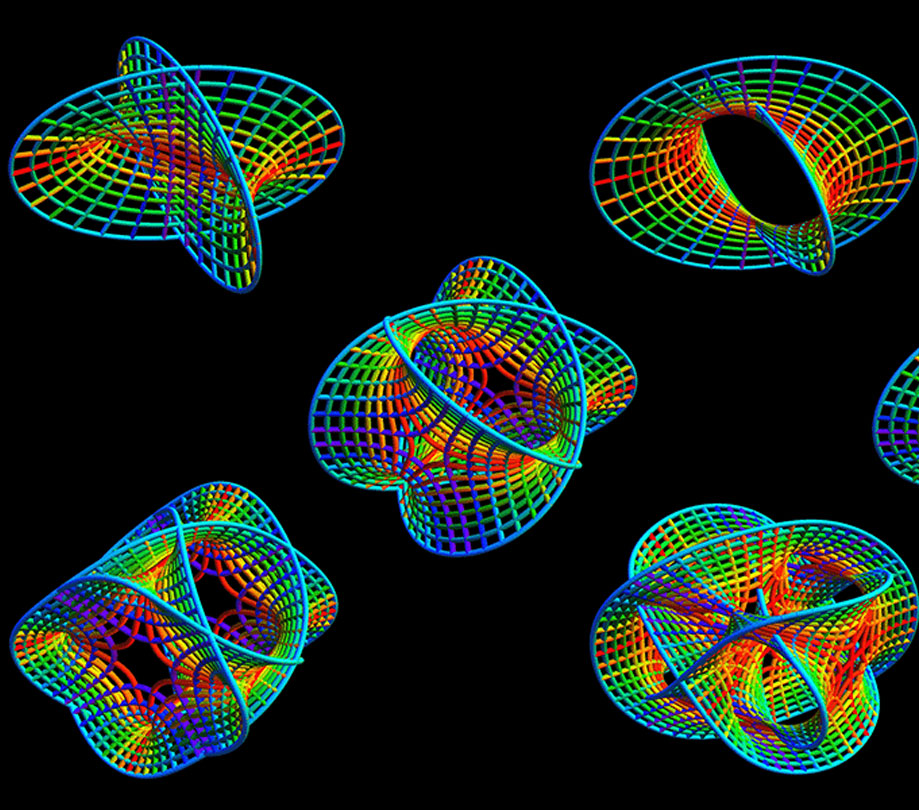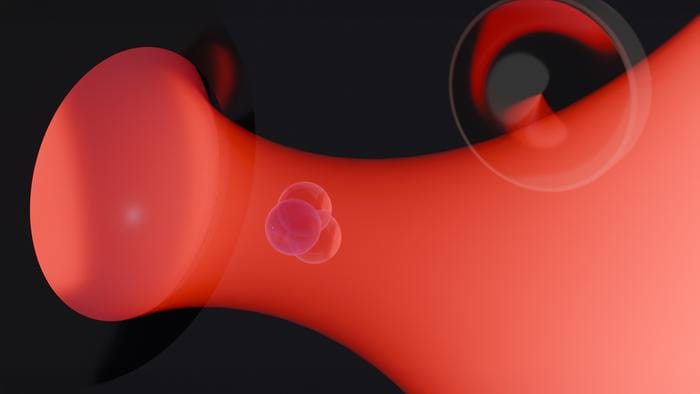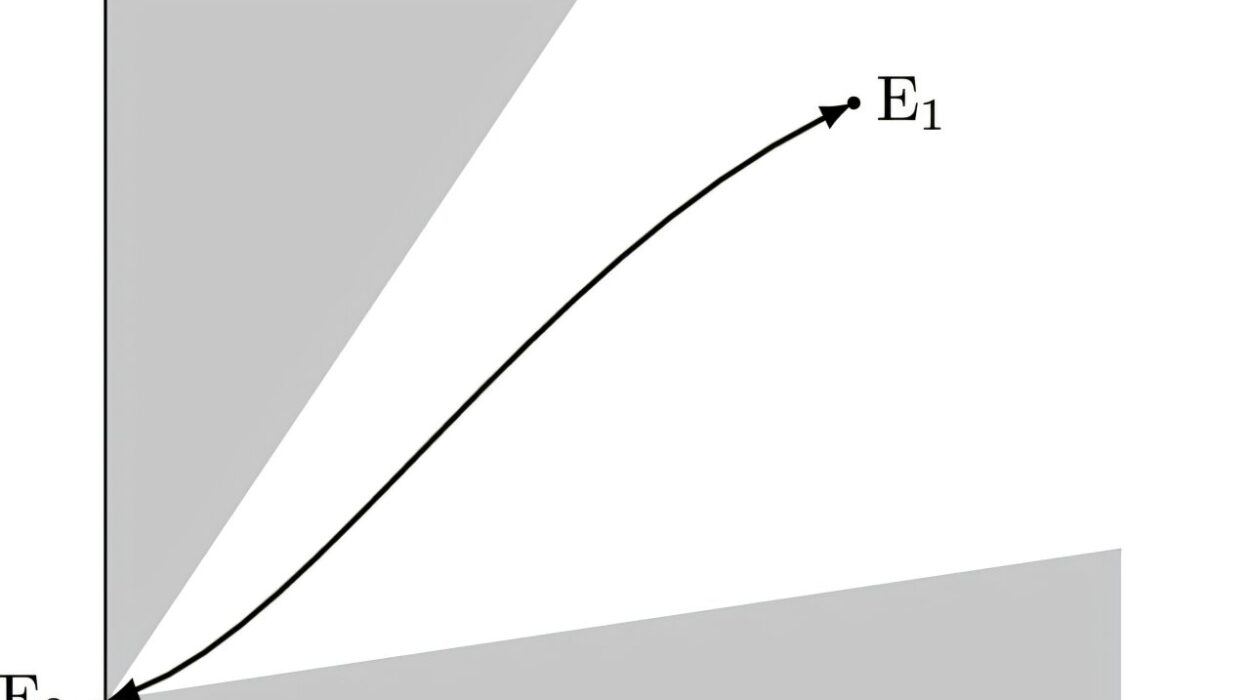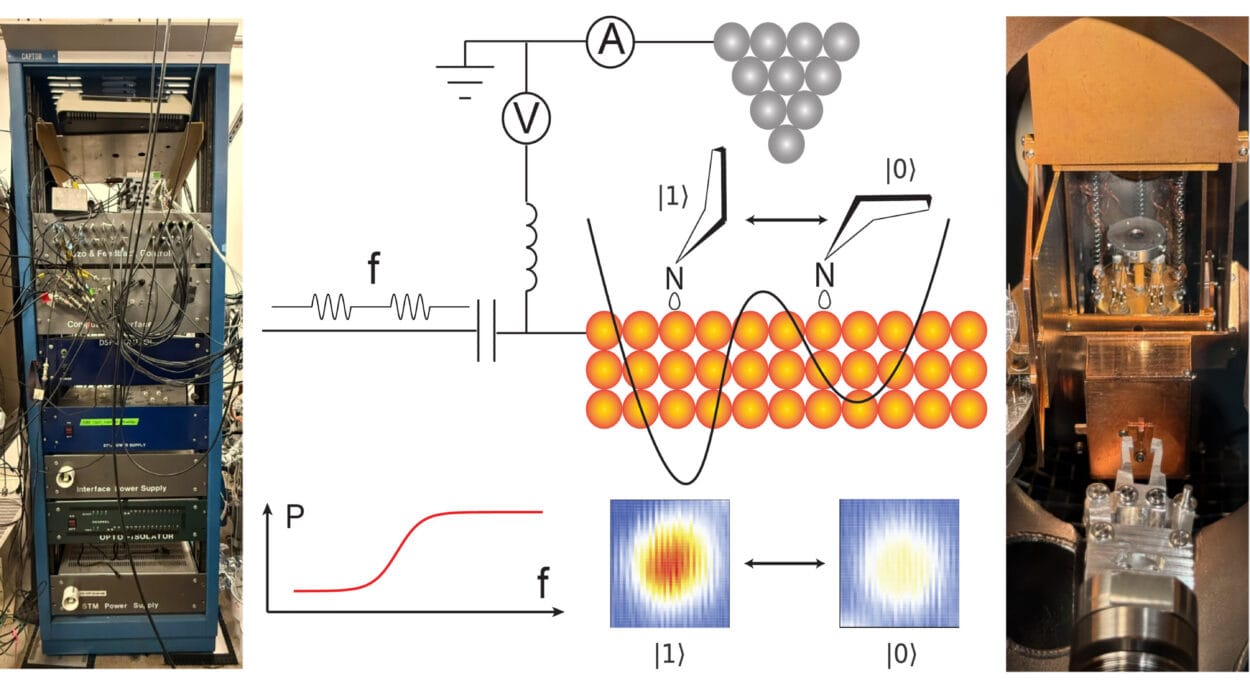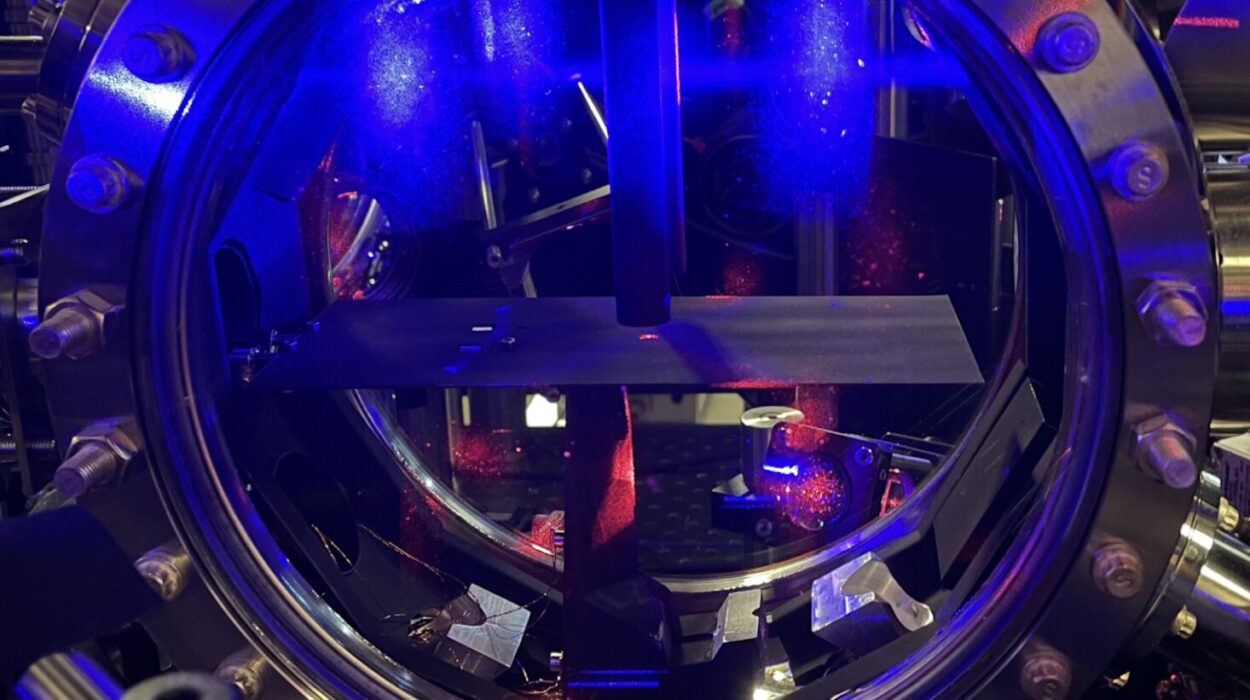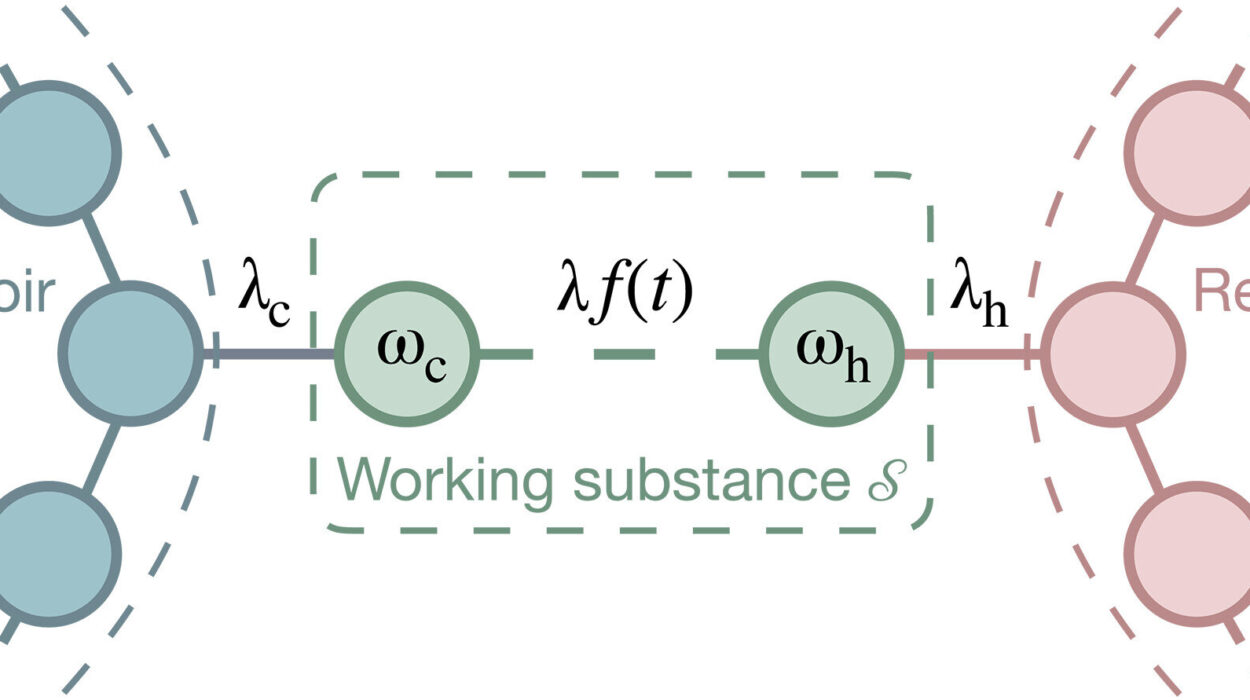Physics has always been a quest—a heroic and, at times, Sisyphean attempt to decode the ultimate rules that govern reality. From Newton’s apple to Einstein’s curved spacetime, each great leap has carried us closer to the elusive dream of a “Theory of Everything.” Somewhere between the beautifully curved arcs of General Relativity and the jittering chaos of Quantum Mechanics lies a mystery that has haunted physicists for decades. And at the center of this mystery is an idea so audacious, so mathematically intricate, and so tantalizingly elegant that it has redefined what it means to seek the truth of the cosmos.
This idea is String Theory.
Is it the final theory, the one that ties everything into a neat, vibrating bow? Or is it, as some critics suggest, an elaborate mirage—more philosophy than physics, more aesthetic than empirical? In this journey, we’ll dive deep into the underpinnings of String Theory, explore its dazzling promises, grapple with its thorny complications, and ask the hard question: is it the elegant solution we’ve been waiting for—or science fiction dressed in academic robes?
The Birth of a New Language of Nature
String Theory did not burst forth fully formed like Athena from the head of Zeus. It crept into physics gradually, almost incidentally, through the back door of particle physics and quantum field theory. The earliest hints came in the late 1960s, when physicists tried to understand the strong nuclear force—the one that binds protons and neutrons in the nucleus.
In 1968, Gabriele Veneziano discovered a mathematical formula that seemed to model strong interactions surprisingly well. But this “Veneziano amplitude” had no clear physical interpretation—until a few physicists realized it could be explained if particles were not point-like dots, but tiny one-dimensional strings vibrating in space.
This radical reinterpretation led to the birth of String Theory. Instead of imagining the fundamental building blocks of the universe as zero-dimensional points (as in the Standard Model of particle physics), String Theory envisions them as minute strings—loops or segments—whose vibration modes correspond to different particles.
A photon? A string vibrating one way. An electron? A different mode. A graviton—the hypothetical quantum of gravity? Yet another specific vibration. In this framework, all forces and matter can, theoretically, be unified under the behavior of strings. The appeal is irresistible: an elegant, geometrically simple vision that does not merely describe particles but unifies them within a single mathematical tapestry.
The Marriage of Quantum Mechanics and Gravity
To appreciate the ambitions of String Theory, we must understand the central conflict at the heart of modern physics: the incompatibility between General Relativity and Quantum Mechanics.
Einstein’s General Relativity describes gravity as the curvature of spacetime by mass and energy. It works wonderfully on large scales—planets, stars, galaxies, the universe. On the other hand, Quantum Mechanics reigns supreme in the subatomic world, painting a universe governed by probability, uncertainty, and discrete quantities.
But these two theories speak fundamentally different languages. Quantum Mechanics is built on uncertainty and wavefunctions. General Relativity is a classical, smooth geometry. Whenever physicists try to apply both theories to the same problem—such as the center of a black hole or the conditions of the Big Bang—they find contradictions. Space becomes nonsensical; time loses meaning. Equations spit out infinities.
String Theory offers a way out of this conflict. Because it doesn’t model particles as zero-size points (which create mathematical singularities), but as finite-sized strings, it smooths out the violent quantum fluctuations that plague quantum gravity. One of String Theory’s crowning achievements is that it naturally includes gravity. In fact, it predicts the graviton—a massless spin-2 particle—without needing to be forced to do so.
In this sense, String Theory is not just a patch; it is a grand synthesis. For those who believe in the unity of nature, it’s a tantalizing signpost pointing toward a single coherent framework that combines the elegance of geometry with the probabilistic language of quantum fields.
Multiple Dimensions and Mathematical Magic
Here’s where things get weird—profoundly, delightfully weird.
For String Theory to work, it requires more dimensions than we see. Not just a fourth spatial dimension, but ten or even eleven dimensions in total, depending on the version of the theory.
In our everyday lives, we experience three dimensions of space and one of time. So where are these extra dimensions? According to String Theory, they are “compactified”—rolled up into tiny shapes so small they escape detection, like microscopic origami folded into every point of space.
These extra dimensions aren’t arbitrary. Their geometry affects how strings can vibrate, and thus which particles and forces exist in our universe. The shapes of these compactified spaces—called Calabi-Yau manifolds—are fantastically complex, and they determine the “menu” of physical laws in a given universe. That’s right: depending on the shape of these hidden dimensions, a universe might have different particles, forces, or even different constants of nature.
This leads us to the idea of the “String Landscape”—a nearly infinite number of possible configurations, each corresponding to a different possible universe with its own physical laws. We may inhabit just one corner of this vast cosmic possibility space. To some, this is a beautiful realization of cosmic diversity. To others, it’s a failure to make concrete predictions, raising the specter of unfalsifiability.
The Five Theories and the Rise of M-Theory
In the early years, String Theory seemed like a fragmented vision. There wasn’t just one version; there were five consistent string theories—Type I, Type IIA, Type IIB, and the two heterotic theories. Each had different symmetries, types of strings (open or closed), and mathematical properties.
For a while, this multiplicity was seen as a flaw. If String Theory were the ultimate theory of everything, surely there could only be one?
Enter the 1990s and a revolution led by theoretical physicist Edward Witten and others. Using insights from a field called dualities—deep symmetries that relate seemingly different physical systems—they showed that these five theories were not separate at all. They were different limits of a deeper, more mysterious theory called M-Theory.
M-Theory posits an 11-dimensional universe, where not just strings but higher-dimensional objects called branes (short for “membranes”) exist. Our entire universe could be a 3-dimensional brane floating in a higher-dimensional bulk. Gravity, being able to move through the bulk, might explain why it’s so much weaker than the other forces—it “leaks” into other dimensions.
M-Theory tied the tapestry together into a richer, deeper framework. It seemed, for a time, like the ultimate revelation—the culmination of decades of theoretical evolution.
The Criticisms: Where Is the Evidence?
Yet for all its mathematical elegance and philosophical allure, String Theory has a problem: it makes very few testable predictions. The scale at which strings vibrate is the Planck length—about 10^-35 meters—far beyond the reach of any current or foreseeable technology.
Particle accelerators like the Large Hadron Collider can probe down to 10^-18 meters, but that’s still orders of magnitude too coarse to see strings. And while the theory predicts a zoo of new particles—such as supersymmetric partners to known particles—none have been observed so far. The discovery of the Higgs boson in 2012 was a triumph for the Standard Model, not String Theory.
Even the much-anticipated evidence for extra dimensions—such as missing energy signatures or tiny black holes—hasn’t materialized. This has led critics to charge that String Theory is not really physics, but metaphysics. Without experimental verification, how can it claim to describe reality?
Philosopher of science Karl Popper famously argued that a theory must be falsifiable to be scientific. By this criterion, many fear String Theory falls short. It’s a framework so malleable that it can accommodate almost any observed universe. While this flexibility is a strength in some ways, it undermines the power of scientific prediction.
The Beauty and the Burden of Mathematics
Despite the criticisms, there is something deeply captivating about String Theory’s mathematical structure. It brings together branches of mathematics that had seemed unrelated—topology, algebraic geometry, number theory, modular forms—into a single coherent framework.
In fact, String Theory has led to actual breakthroughs in pure mathematics. Mirror symmetry, a concept from String Theory, led to new insights in enumerative geometry. The cross-pollination has been so rich that some mathematicians now study String Theory not to understand physics, but to discover new mathematical truths.
This raises an interesting philosophical question: if a theory is mathematically compelling and generates new knowledge in math itself, does it have intrinsic value, even if it never makes a testable prediction? Is elegance its own form of truth?
Einstein often spoke of a “cosmic religion” in which nature’s laws are expressed through beauty and simplicity. String Theory resonates with this idea. It’s not just a theory—it’s an aesthetic, a metaphysical lens through which the universe becomes not a chaos of particles, but a symphony of vibrations.
Beyond Strings: Loop Quantum Gravity and Alternatives
Not all physicists are convinced by String Theory. Many are actively working on alternative approaches to quantum gravity. Chief among them is Loop Quantum Gravity (LQG), which rejects the idea of extra dimensions and strings, instead attempting to quantize spacetime itself.
In LQG, space is not continuous but made of discrete units—quantum chunks. Time, too, may be granular. This approach preserves many features of General Relativity while applying quantum principles in a new way. LQG has its own challenges, including difficulties in incorporating matter and deriving the Standard Model, but it has generated testable predictions, such as potential quantum imprints in the cosmic microwave background.
Other alternatives include causal dynamical triangulations, asymptotic safety, and even emergent gravity models. The landscape of quantum gravity research is vibrant and diverse, with String Theory occupying one (admittedly massive) part of the intellectual terrain.
The Future: Pathway or Illusion?
So where does this leave us? Is String Theory the long-sought theory of everything? Or a brilliant mathematical structure unmoored from physical reality?
The answer depends partly on your philosophical orientation. For some, physics is about models that make predictions and can be tested. For others, it is about building conceptual frameworks that expand our understanding, even if empirical confirmation is far away.
The coming decades may offer clarity. New experiments in particle physics, gravitational wave astronomy, and cosmology might offer indirect evidence for String Theory’s framework. A breakthrough in understanding compactification, or in the holographic principle (another idea born of String Theory), could redefine our view of space and time.
And even if String Theory turns out to be a false start in the quest for a final theory, it has already transformed physics. It has taught us that geometry and quantum theory are not enemies but partners. It has revealed that space may not be fundamental, but emergent. It has shown that the fabric of the cosmos is far stranger—and more wondrous—than we ever imagined.
Conclusion: Symphony or Soliloquy?
String Theory stands as one of the most ambitious intellectual constructions in the history of science. It dares to unify everything—forces, matter, space, time—into a single harmonious structure of vibrating strings. It speaks a language of multidimensional beauty, of compactified symmetries, and of a universe where every particle is a note in an infinite cosmic melody.
But like any symphony, it remains incomplete until heard by others—until it resonates not just in equations, but in experiments. Whether that day ever comes is uncertain.
In the meantime, String Theory continues to challenge, inspire, and provoke. It is a mirror in which the human mind reflects its deepest questions: What is the universe made of? Why is there something rather than nothing? And can we ever truly know the whole score?
Perhaps String Theory is not the final answer. Perhaps it is merely the next great poem in the ongoing dialogue between mathematics and nature. But even if it is only a beautiful detour, what a magnificent journey it has been.
